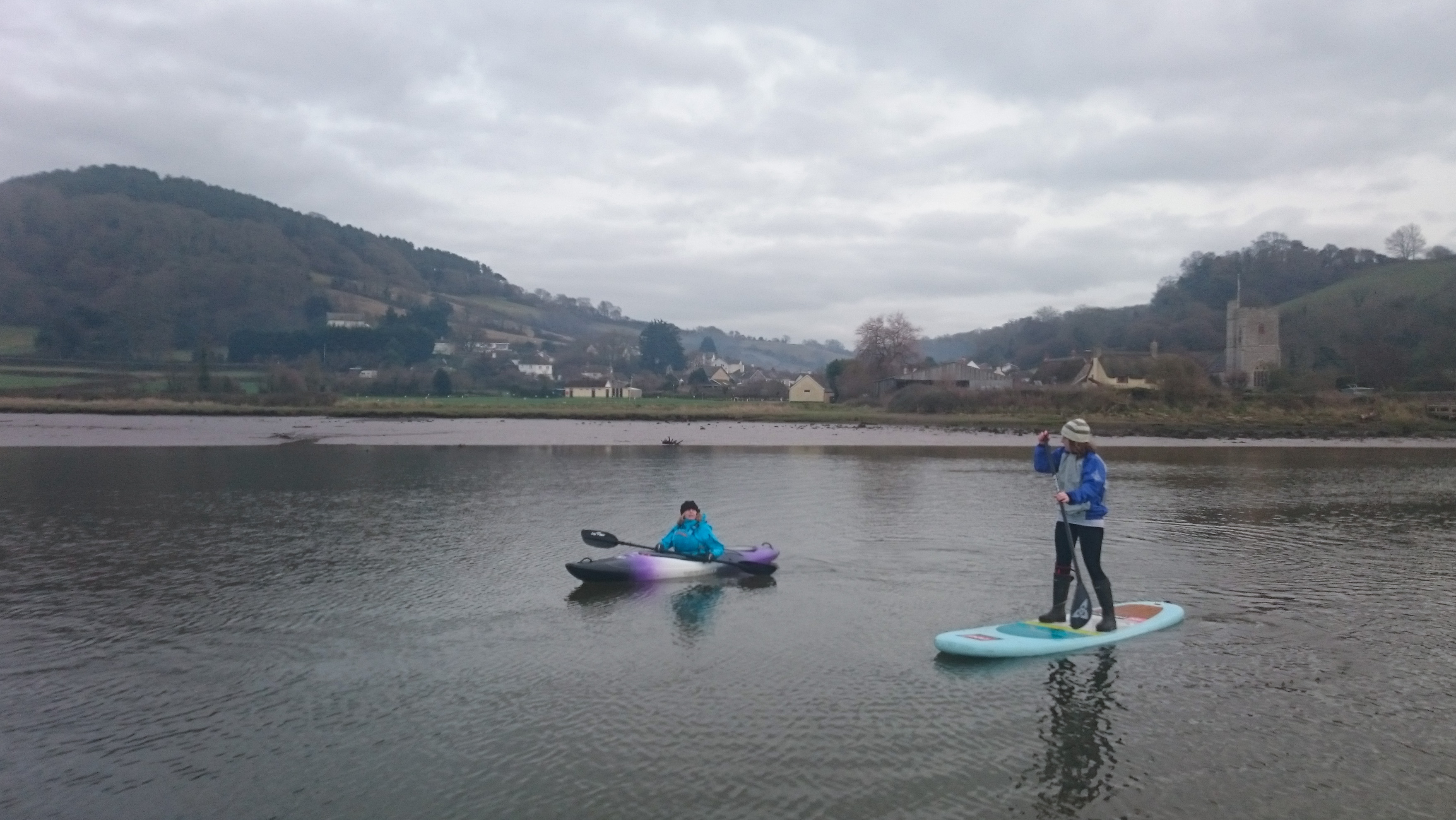I’ve been a windsurfer for over 25 years but it is only recently that I have learned about cold water shock. It is possibly less of an issue windsurfing (and surfing) because I expect to fall in the water so am dressed appropriately (pretty much always a wetsuit in the UK). With paddleboarding I only tend to wear a wetsuit in the waves because I don’t expect to fall in the water and this is where the danger lies.
Cold water is defined as anything less than 15ºC – so pretty much year round in UK waters. Unlike hypothermia, cold water shock can kill very quickly – in less than a minute in most cases.
What happens?
According to the RNLI, the sudden cooling of the skin by cold water causes an involuntary gasp for breath. Breathing rates can change uncontrollably, sometimes increasing as much as tenfold. These responses contribute to a feeling of panic, increasing the chance of inhaling water directly into the lungs.
Cold water shock causes the blood vessels in the skin to close, which increases the resistance of blood flow. Heart rate is also increased. As a result the heart has to work harder and your blood pressure goes up. Cold water shock can therefore also cause heart attacks, even in the relatively young and healthy.
This can all happen very quickly: it only takes half a pint of sea water to enter the lungs for a fully grown man to start drowning. You could die if you don’t get medical care immediately.
What to do
The RNLI has 3 simple points to remember if you find yourself in cold water:
- Take a minute. The initial effects of cold water pass in less than a minute so don’t try to swim straight away.
- Relax and float on your back to catch your breath. Try to get hold of something that will help you float.
- Keep calm then call for help or swim for safety if you’re able.
Of course, it is better to mitigate the risk of cold water shock with some planning before heading near the water.
Check conditions before you start – the water temperature can be significantly different from the air temperature. For coastal locations, magicseaweed.com gives the current sea temperature along with lot of other data. For inland waterways, it can be harder to find so try searching google for the specific location or local clubs.
Once you know the temperature of the water, you can dress appropriately – wetsuits come in a multitude of thicknesses for different temperatures and there are even SUP specific drysuits on the market now. Consider wearing a floatation device (e.g. buoyancy aid) as this will keep you afloat during the initial minutes and significantly increase your chances of survival.
Final thoughts and further reading
This all sounds rather scary but doesn’t need to prevent you enjoying a lovely paddle at any time of year. I was shocked that as a long term water user I knew very little about it. I probably still take too many risks and should wear a wetsuit more often but I do now think about cold water shock before launching.
For more information about cold water shock, have a look at the links below:
https://rnli.org/safety/know-the-risks/cold-water-shock
https://rnli.org/magazine/magazine-featured-list/2016/august/cold-water-shock-a-bolt-from-the-blue
https://www.rya.org.uk/newsevents/e-newsletters/up-to-speed/Pages/the-cold-shocking-truthabout-cold-water-shock-.aspx
https://firstaidforlife.org.uk/cold-water-shock/




